The First Hundred Years of Photography
By Erica Lome
The concept of photography has deep historical roots. In ancient Greece and China, mathematicians experimented with the effects of light streaming through a small hole in a dark room. Unknowingly, they established the foundational principles of the camera obscura. It wouldn’t be until the eleventh century that Middle Eastern philosophers developed an early prototype of such a device, which projected images upside down onto another surface. During the Enlightenment, scientists used the camera obscura to trace botanicals and exotic artifacts. With this device, they began to solve the mysteries of the natural world.
However, there were limitations to this invention. Images could not be captured permanently nor reproduced. That all changed when Joseph Nicéphore Niépce developed the art and science of photography in the 1820s. Niépce coated a pewter or copper plate with a mineral called bitumen. Then, using a portable camera obscura, Niépce exposed the image to light (the exposure process initially lasted several days). After which, he dipped the plate into a solution that dissolved the bitumen, leaving a negative image behind.
Across the English Channel, William Henry Fox Talbot desired to capture the beauty of nature through a camera obscura, but felt stymied by the long exposure time and lackluster results. Talbot was hard at work developing what he called “the art of photogenic drawing.” Using a piece of paper coated with a solution of silver nitrate and salt, Talbot pressed a botanical specimen between the paper and a sheet of glass and exposed it to sunlight. The specimen remained dark while the paper lightened, capturing realistic detail. As the daguerreotype drew public attention, Talbot next tried tinkering with cameras and introduced the calotype process in 1841. The calotype produced a far more sensitive negative, reduced the exposure time significantly, and made it possible produce multiple copies.
Between the daguerreotype and Talbot’s improvements, photography spread like wildfire throughout the Europe and the United States in the mid-nineteenth century. For the first time, people could view exotic places, grand spectacles, and important events. Moreover, daguerreotypes of Abraham Lincoln, Cornelius Vanderbilt, and Andrew Jackson provided for many the first realistic look of well-known figures. On a commercial level, photography studios accounted for the fastest-growing businesses in cities like New York, where hundreds opened to provide clients with portraits of them-selves or loved ones. Inexpensive tintypes and silver albumen prints, produced from a paper-based negative, allowed the average worker to participate in this exciting new medium.
By the war’s end, cabinet cards were one of the most popular forms of photography in America. These small studio portraits, measuring under seven inches in height, were commercially successful but not necessarily creative. In Europe, artists began experimenting with the potential of photography to produce highly aesthetic images. At the forefront of the Pictorialism movement were figures such as Julia Margaret Cameron, Caroline Haskins Gurrey, and Leonard Misonne. Pictorialists insisted that photography be elevated to the rank of fine art. While their images often referenced classical, spiritual, and literary themes, more significant were their manipulations of the camera and negative. Techniques included applying chemicals like gum bichromate to negatives in order to emulate painterly brush strokes, or using filters to achieve a softer focus through the lens.
In America, proponents of Pictorialism like Alfred Stieglitz and Edward Steichen fought against the institutional notion of a “correct” way for a picture to look. Together with several others, they formed the Photo-Secession group in 1902 to produce highly subjective work. Steichen’s moody, tonal images, filled with melancholy color and deep emotion, ironically made him very commercially popular. Similarly, Stieglitz’s viewpoint complemented the growing modern art movement in New York, where he organized exhibitions at some of the higher-end galleries. Their claim that photography was an artistic genre proved correct, as today their work resides at some of the top art museums in the world.
By 1900, anyone could become an amateur photographer using Eastman Kodak’s Brownie camera. Creating a “Kodak Moment” was as easy as pointing and shooting. As cameras and equipment for developing photos become relatively affordable and more widespread in the early twentieth century, it became possible to record people from all walks of life. In New York, James Van Der Zee put the Harlem Renaissance on the map. While he was a studio artist rather than a journalist, his images of African American artists and entertainers celebrated an upwardly-mobile population. Similarly, Henri Cartier-Bresson developed a new spontaneous style of photography that captured ‘the decisive moment’ when everyday moments on the streets of Paris became photogenic. His subjects included unruly children, busy shopkeepers, and café-dwellers. Modern day street photography can be traced to Cartier-Bresson’s influence.
It’s easy to snap a picture with a smartphone today and add a sepia filter to mimic the daguerreotypes of a hundred years ago. We don’t often think about how far photography has come from its early days. While digital techniques in the last few decades have fundamentally transformed the medium, many still use their 35mm cameras and develop their photos in a darkroom. What’s more, older camera models have seen a resurgence of interest by vintage enthusiasts and collectors of historic technology.
The market for photography is robust, especially for well-known names. While Stieglitz and Adams rebelled against the artistic dictums of their day, their works now command top dollar at auction. More affordable are older forms of photography, especially tintypes and albumen silver prints. While their value is only poised to grow, they are also fascinating historical records of nineteenth century America. To collect vintage photography is to preserve a link to the past and celebrate the innovations that propelled us into the future.

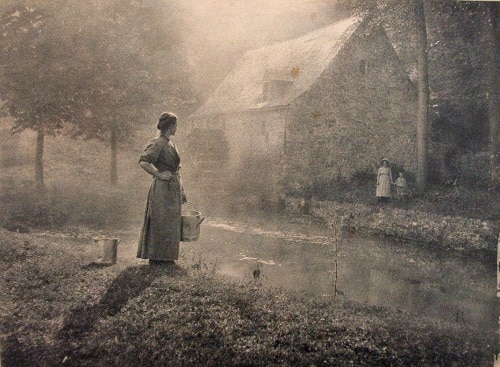


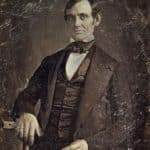
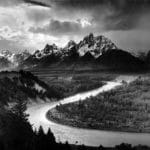
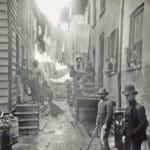


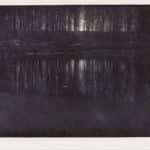
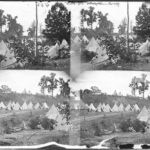
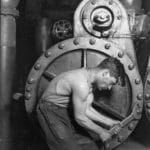
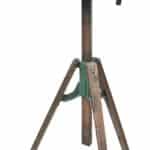

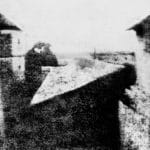
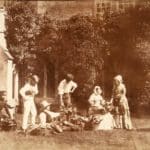



Related posts: